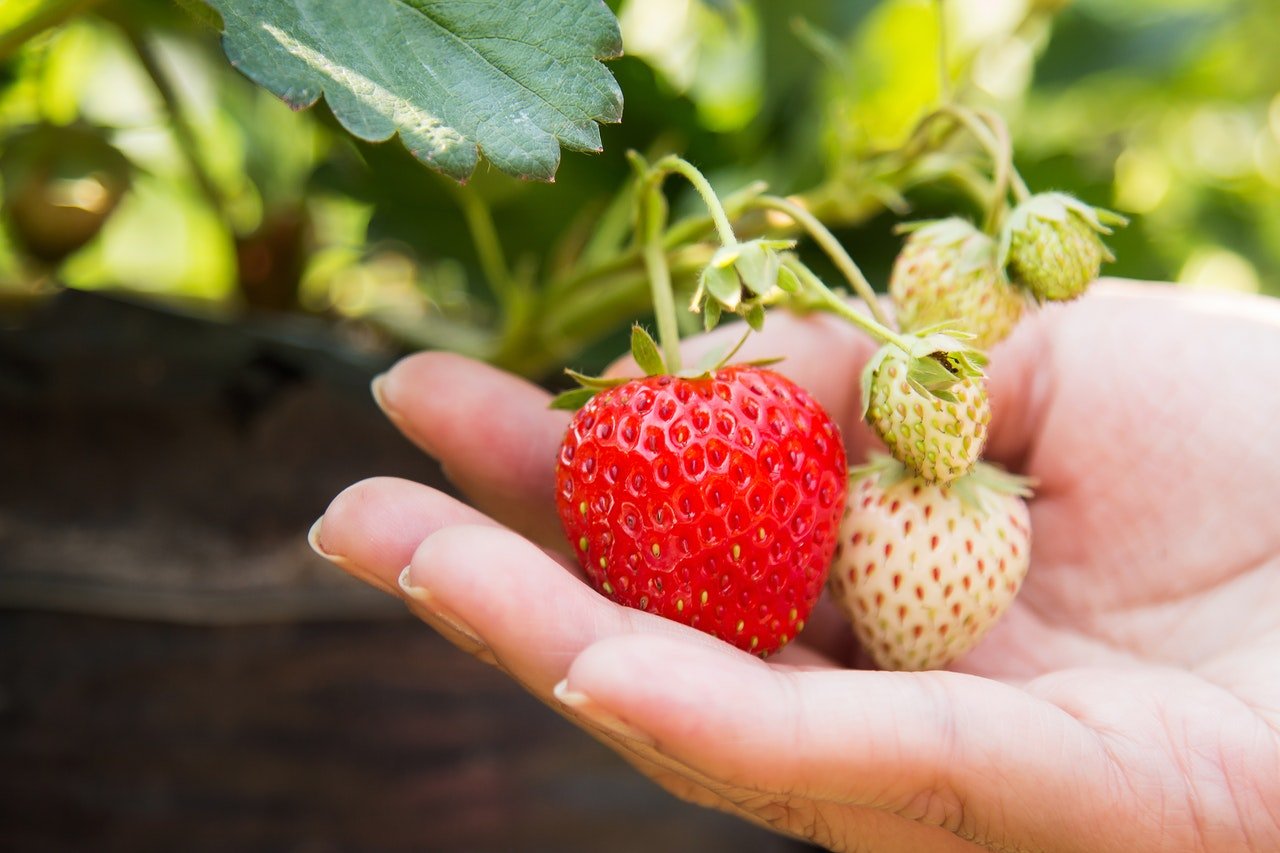This is a summary of the new Scaffolds Podcast, as featured on the CE Eastern NY Commercial Horticulture Program blog. Click here to listen to the podcast.
Well, folks, it looks like we're off to a weird start to the season with a week of summer weather and now in western New York, cooler and wetter conditions. Maybe a weird start is more like a stumbling start because it will warm up again for a day or two in western New York, and then go right back to cool and wet. But either way, we are collectively heading towards Pink, and there are, as always, some insects to consider and think about treatments for.
If San Jose scale is a concern, it's not too late to include a treatment for this. There are still options until foliar development progresses to the point where coverage will decline. So the real aim of this treatment is to make contact with the woody parts of the tree and hopefully make contact with any eggs or immatures that are there. So if you're focused on getting an oil applied for this, there's still time for a 1% oil spray through tight cluster again to cover those woody surfaces. If you think you will need more control, there are other insecticidal options to add. In particular, I would consider Centaur or Esteem, both of which are insect growth regulators.
So last week I spoke about the idea of bulletproofing IPM programs, and I think a good thought experiment about that would be to think about what your management program would look like if Organophosphates and Pyrethroids, for example, were eliminated. The idea of this is kind of ridiculous because organic management can use Pyrethrins, which are the direct plant extract, but in all honesty, at higher levels this is being considered.
And it's something that along our journey here on Scaffolds, I probably will continue to mention, because if we don't think about it now, I really think that it will sneak up on the industry as things start to be considered for elimination. And so it would be good to start to think about again what your program would look like if you could not use whole classes or mode of actions of insecticides. It would be really helpful to your future programs to start considering that. Not that I know that this is coming down the pike in New York State, but I do know that in California, before I left, I was asked to review the use of pyrethroids, which is the beginning of that consideration.




